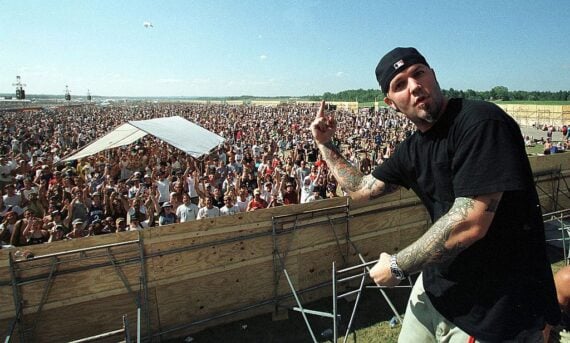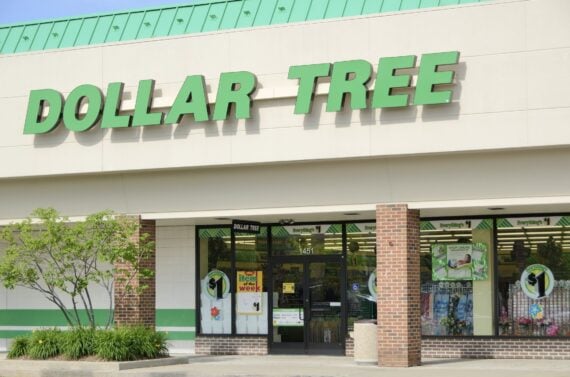Merriam-Webster says buzzwords come in two versions: They’re typically words or phrases with a technical background (often used to impress laymen) or terms with a cultural or popular connection (often slang). Here’s a grab bag of buzzwords with influences stemming from music, politics, business, and more.
Related: Pandemic Phrases That Have Infected Our Vocabulary1950: McCarthyism

Though Senate hearings were a few years away yet, Sen. Joseph McCarthy made news in February during a speech where he alleged communist influence in the press and federal government, including the State Department and the Army, deeply troubling some senators with “what they considered reckless accusations,” according to a post on the U.S. Senate website. The term has since come to mean defamation of character or reputation through personal attacks or indiscriminate allegations.
Related: 23 Infamous ‘Hot Mic’ Moments1951: Flab

If there was ever a 1950s word it’s “flab” — which is simply a shortening of the word “flabby.”
1952: Transistorized
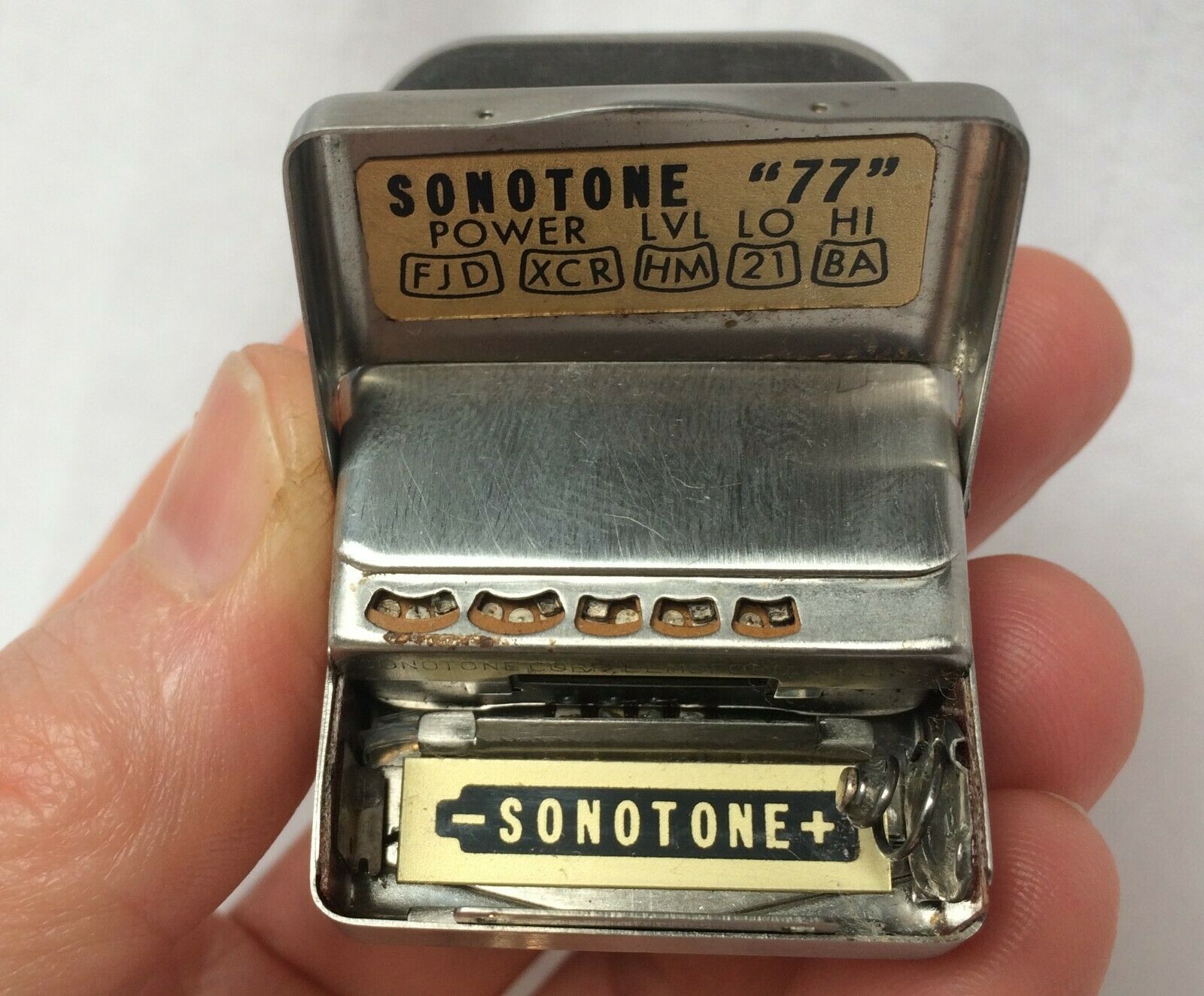
The first product to take advantage of transistors — solid-state electronic devices — was a hearing aid by Sonotone that went on the market in 1952 for $229.50, according to PBS.org. “It used two vacuum tubes and one transistor built by a startup called Germanium Products Corp.” Other versions quickly followed the conversion, becoming “transistorized.”
Related: Products You Never Thought Would be Obsolete1953: UFO

Reports of “unidentified flying objects” were exploding in the early ’50s, including multiple sightings over Washington, D.C., in 1952. But Merriam-Webster says the first use of “UFO” wasn’t until 1953.
Related: Famous UFO Incidents Throughout History1954: Rock and Roll
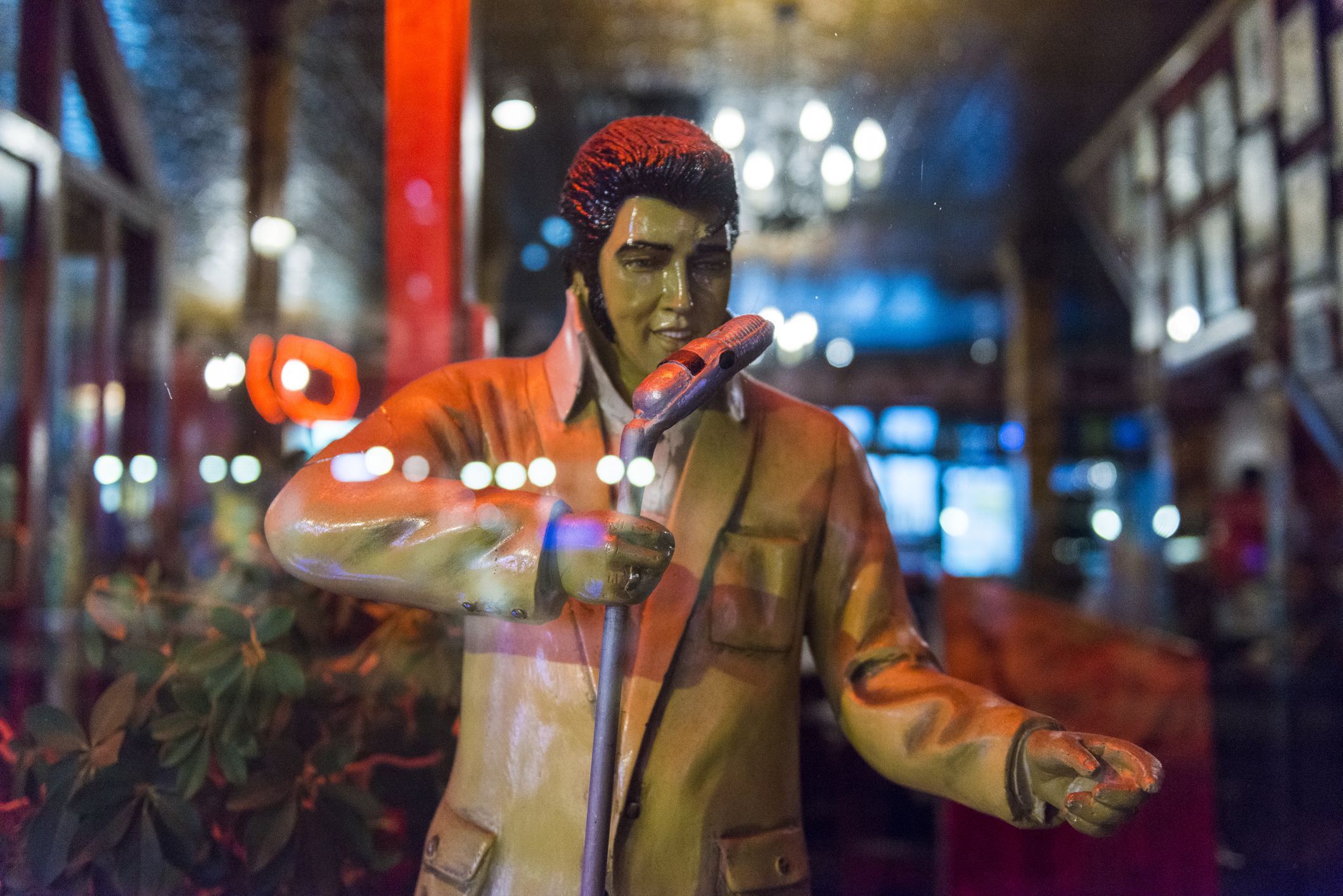
Bill Haley & His Comets were rocking around the clock as well as covering Big Joe Turner’s “Shake, Rattle and Roll,” and Elvis Presley was beginning to break out. Cleveland disc jockey Alan Freed coined the phrase “rock and roll” for the new style of music sweeping the country.
For more fun trivia, please sign up for our free newsletters.Trending on Cheapism
1955: Fallout Shelter
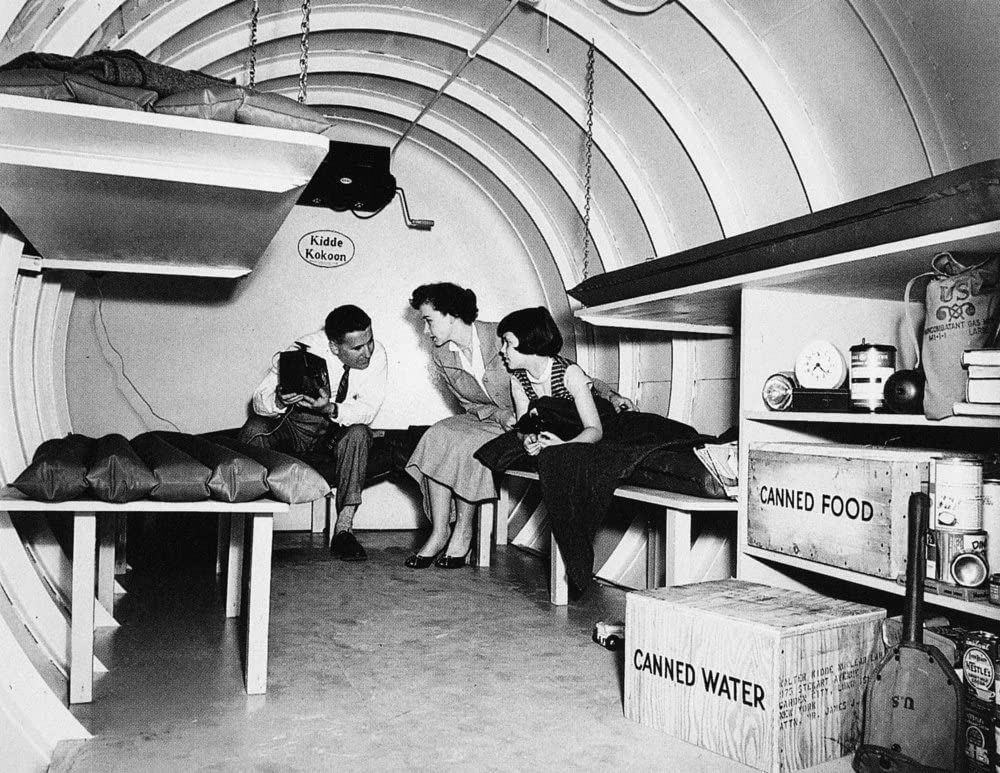
Following the detonation of Russia’s first hydrogen bomb, the head of U.S. Civil Defense urged all Americans to build these underground shelters “right now” in 1955, according to Smithsonian Magzine. Thousands followed the instruction and building ramped up two years later when Sputnik was launched.
Related: Hobbit Holes, Missile Silos, and Other Cool Underground Homes You Can Rent
1956: Sitcom
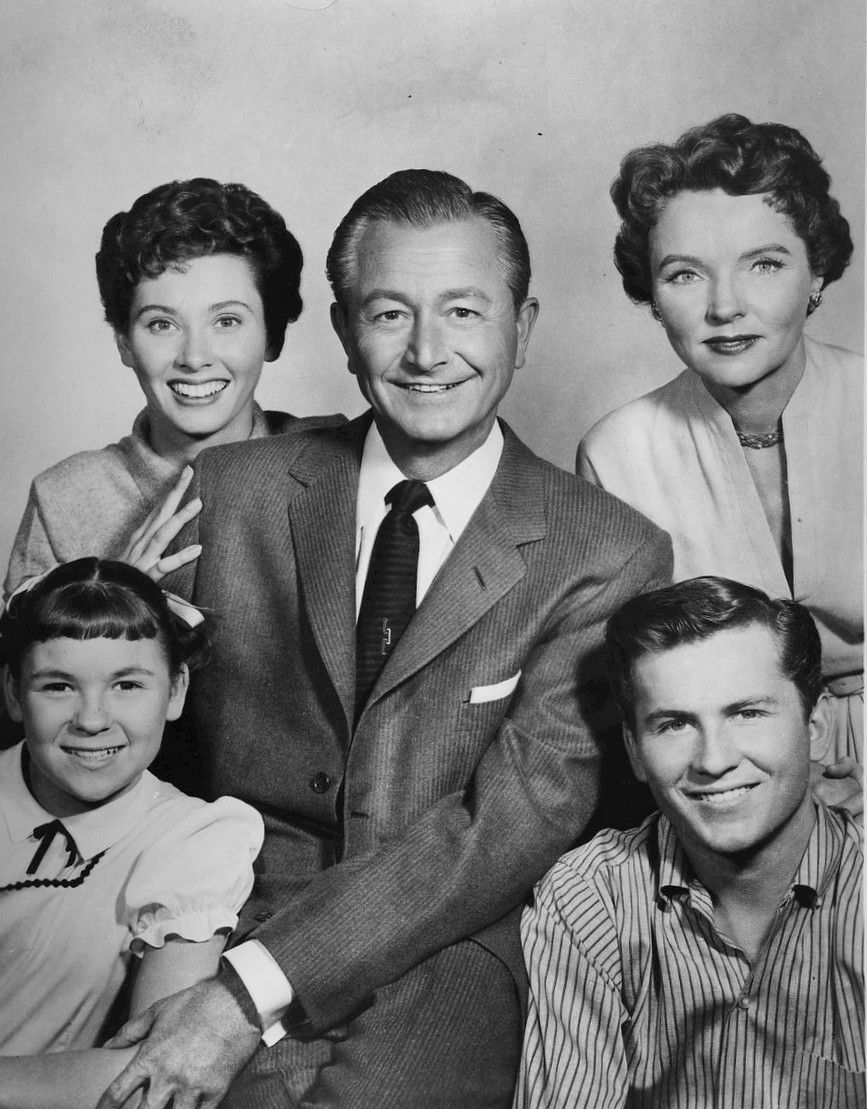
In the burgeoning medium of TV, situation comedies — “sitcoms” for short — like “Topper,” “Father Knows Best,” “The Life of Riley,” “The Honeymooners,” and “I Love Lucy” were finding a home, creating a genre that’s still popular today.
Related: Most Popular TV Show the Year You Were Born
1957: Sputnik

The launch of Sputnik at the height of the Cold War on Oct. 4, 1957, marked the first artificial satellite in outer space and scored a significant victory for the Soviet Union while frightening the world, which largely didn’t understand its capabilities.
Sign up for our newsletter
1958: Game Show
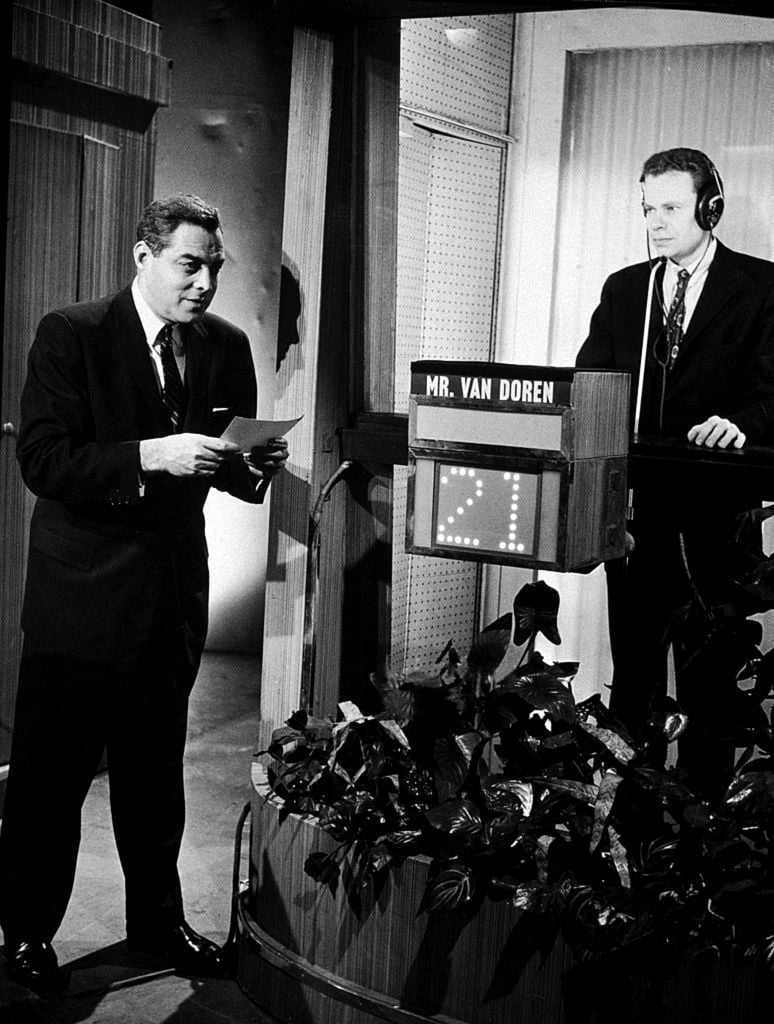
When disgruntled former contestants of “Twenty One” and other quiz shows came forward to say the contests were rigged by the networks to heighten the drama and keep viewers returning week after week, game shows were on the spot and in the news.
1959: DEFCON

The Cold War contributed many words to the lexicon but maybe none more chilling than this one, a graduated measure of military defense readiness in response to a perceived threat of attack. It ranges from DEFCON 5 at the lower end of the scale to DEFCON 1, imminent war.
1960: Discotheque
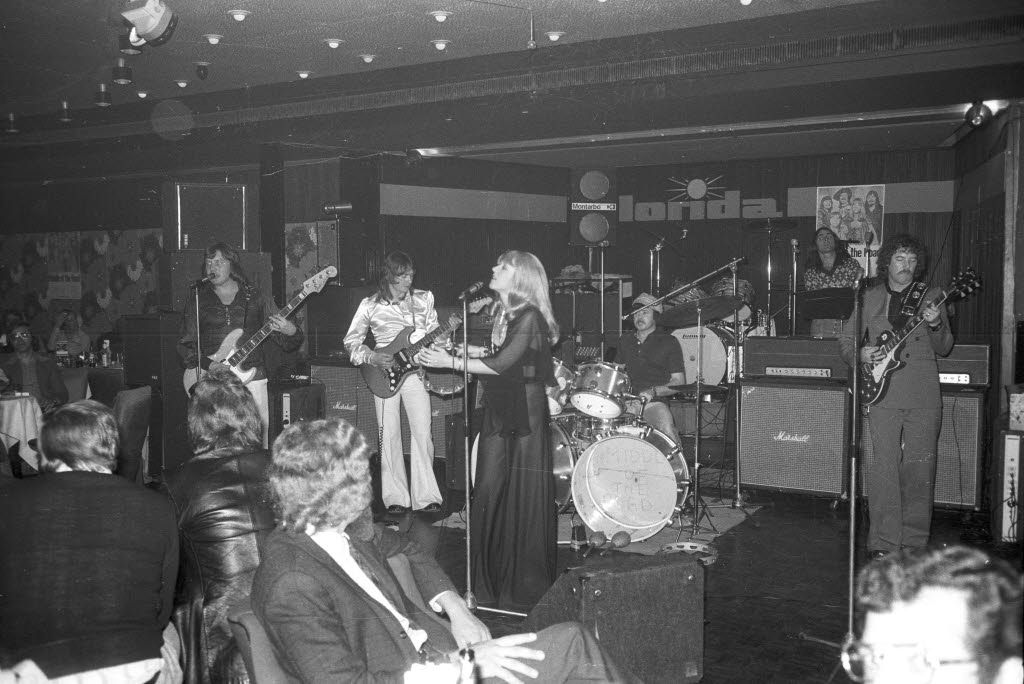
From the French word meaning “library of phonograph records,” this term became associated with nightclubs that featured dancing and eventually made the jump to America, where the phrase would later be shortened to disco, referring not only to the clubs but to a genre of music.
Related: 29 Destinations That Defined the 1960s
1961: Surf and Turf

Merriam-Webster tacks the first use of this term — a single course of seafood and steak — to 1961, and Ruth’s Chris Steak House contends it was first served by the restaurant at the top of Seattle’s Space Needle during the 1962 World’s Fair.
Related: 33 Historic Steakhouses Across America for an Old-School Indulgence
1962: ZIP Code

Though Merriam-Webster puts its roots in 1962, the U.S. Post Office Department officially put this now universally known idea into use in 1963 as a way to help automate mail-sorting methods. It was known as the Zone Improvement Plan (ZIP) code and eventually became a social and economic tool for organizing demographic information.
Related: 18 Things You Didn’t Know About the U.S. Postal Service
1963: Baby Boomer
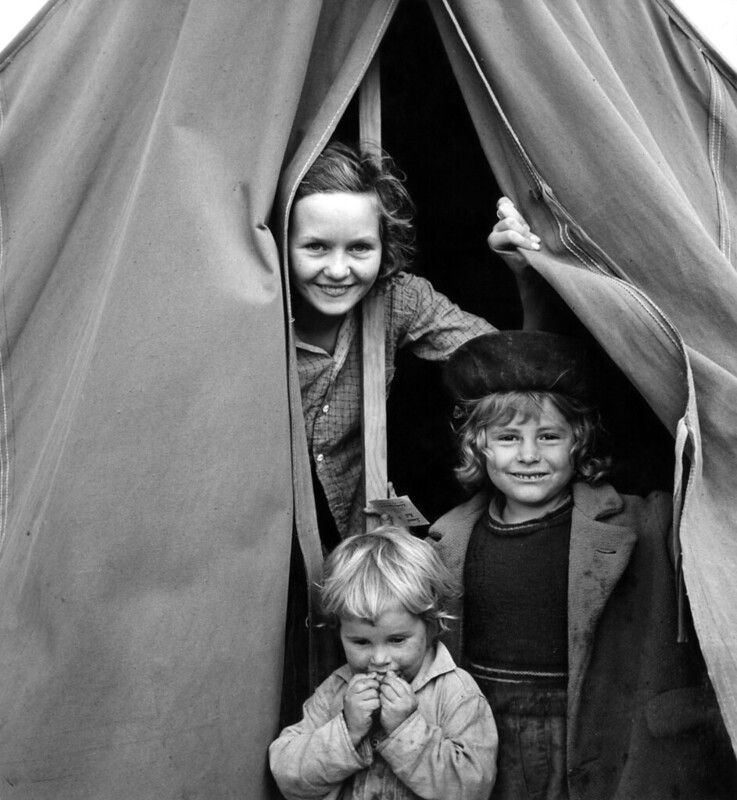
The term was first published in a Salt Lake Tribune article in 1963 to describe someone born “during the tail end or in the decade after World War II” when the country experienced a spike in births. It later came to mean anyone born between 1946 and 1964, a group representing 21% of the U.S. population in 2019, according to Investopedia.
Related: 21 Groundbreaking Movies That Boomers Love
1964: New Math

This fundamental change in the way school children were taught to do math wasn’t new in 1964, but it was increasing in the news as schools across the country adopted it, bewildering parents in the process. Satirist Tom Lehrer later lampooned it in song, saying, “In the new approach, the important thing is to understand what you’re doing, rather than to get the right answer.”
Related: Things They Don’t Teach in School Anymore — and What Kids Are Learning Instead
1965: Hippie
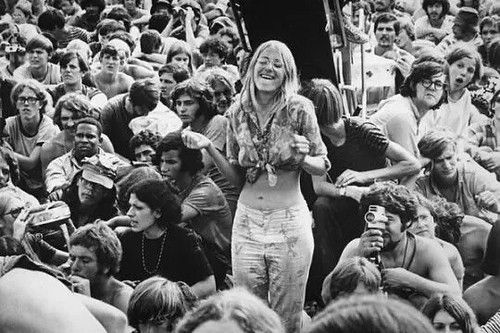
Merriam-Webster tracks the first use of this word — describing the counterculture group — to 1965, and History.com links its rise in attention and influence to the first official engagement of U.S. troops in Vietnam in the spring of that year. The movement would grow to include thousands of young Americans in the coming years who opposed the war and rejected mainstream culture.
Related: 18 Ways Woodstock Changed the World
1966: Miranda
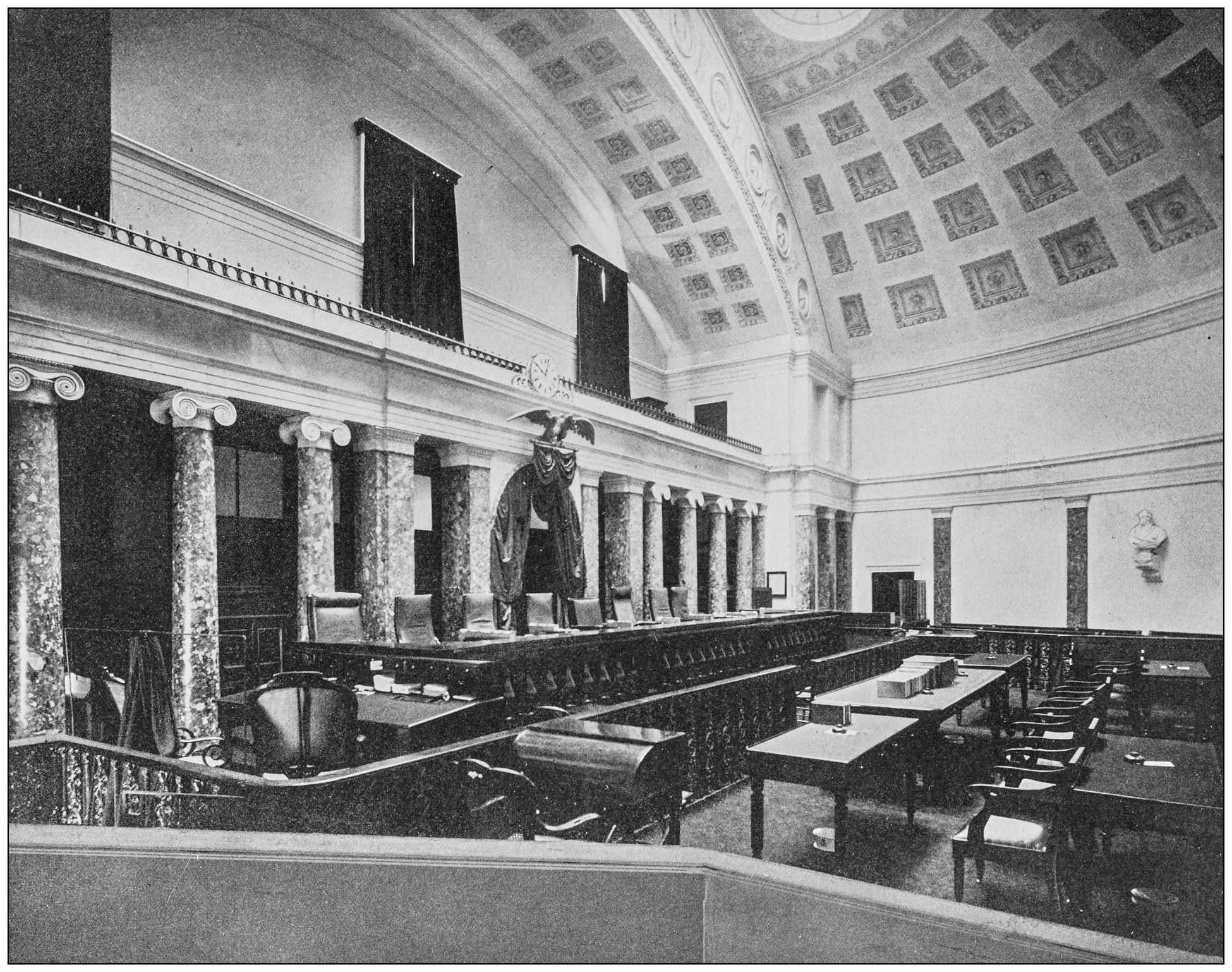
The landmark U.S. Supreme Court ruling in Miranda v. Arizona — involving the rights of Ernesto Miranda, who confessed to charges of robbery, kidnapping, and rape in 1963 — was big news in 1966 and brought about a major change in the way law enforcement officials deal with criminal suspects.
1967: Spaghetti Western

The 1967 Sergio Leone film “The Good, the Bad and the Ugly” is a good example of the collection of films shot in Italy or Spain, but depicting stories of the Old West, that came to be known by this description.
Related: The Worst Clint Eastwood Movies Ever Made, According to Critics1968: Coronavirus

While these types of viruses have been with us since the 1930s, the phrase was coined in 1968 when scientists using an electron microscope could see “its crown-like surface resembled the Sun’s outer layer, called the corona,” Forbes says.
1969: Martin Luther King Day
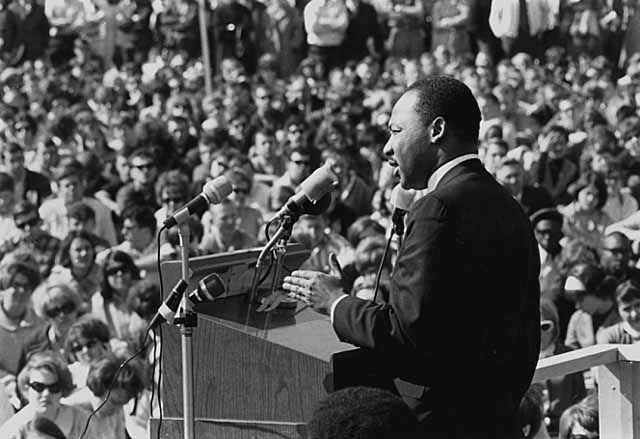
The first annual ceremony commemorating the life of Dr. Martin Luther King Jr. took place Jan. 15, 1969, in Atlanta the year after his murder. While many states began to recognize the day in the 1970s, it didn’t become a national holiday until 1986.
1970: Punk Rock
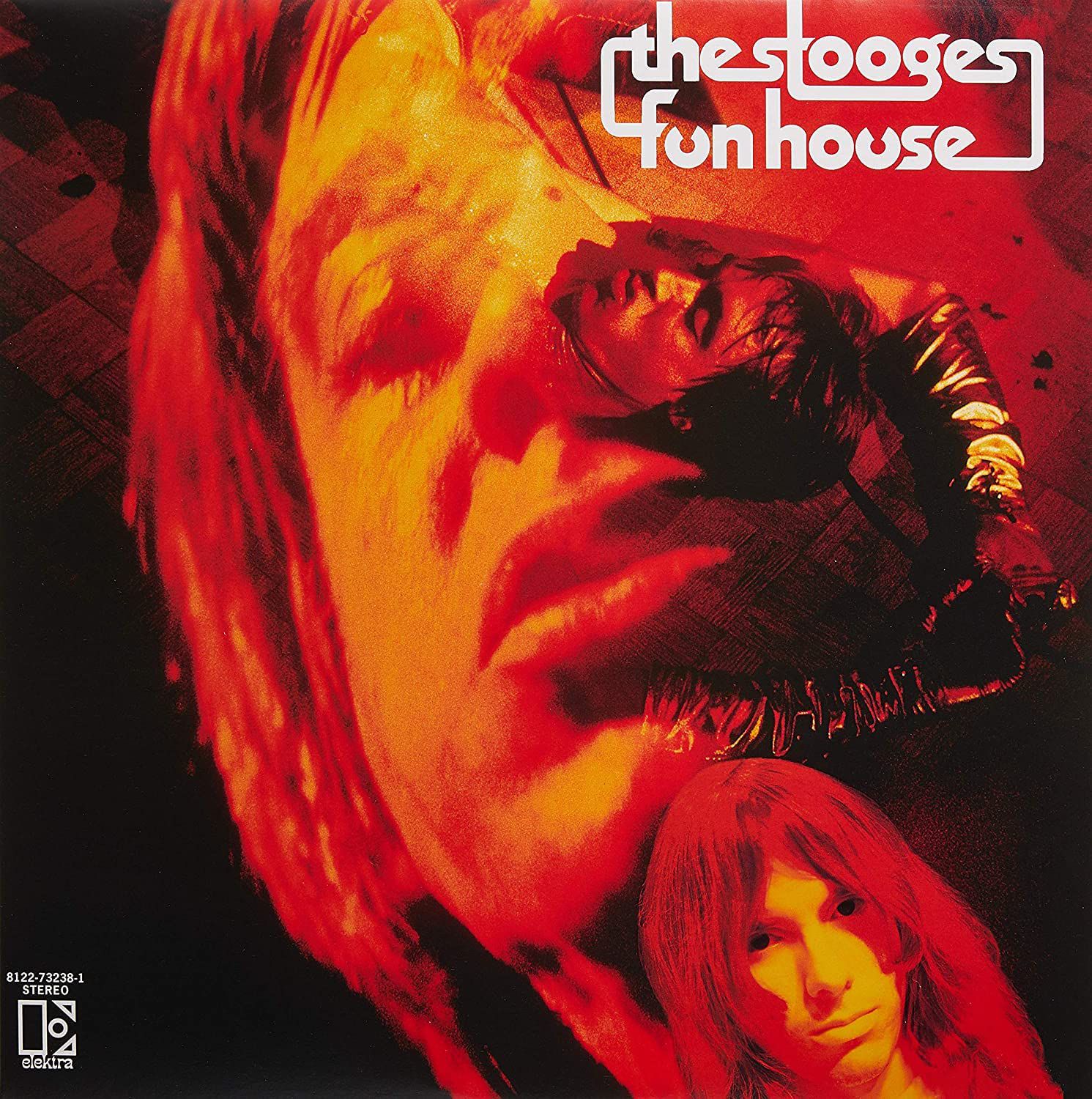
This genre of raw rock ‘n’ roll was a few years from gaining traction, but Rolling Stone says The Stooges’ 1970 album “Funhouse” with Iggy Pop on lead vocals “channeled bad-trip psychedelia and metallic R&B into hormonal meltdowns that inspired generations of pent-up noise fiends.”
1971: Ping-Pong Diplomacy
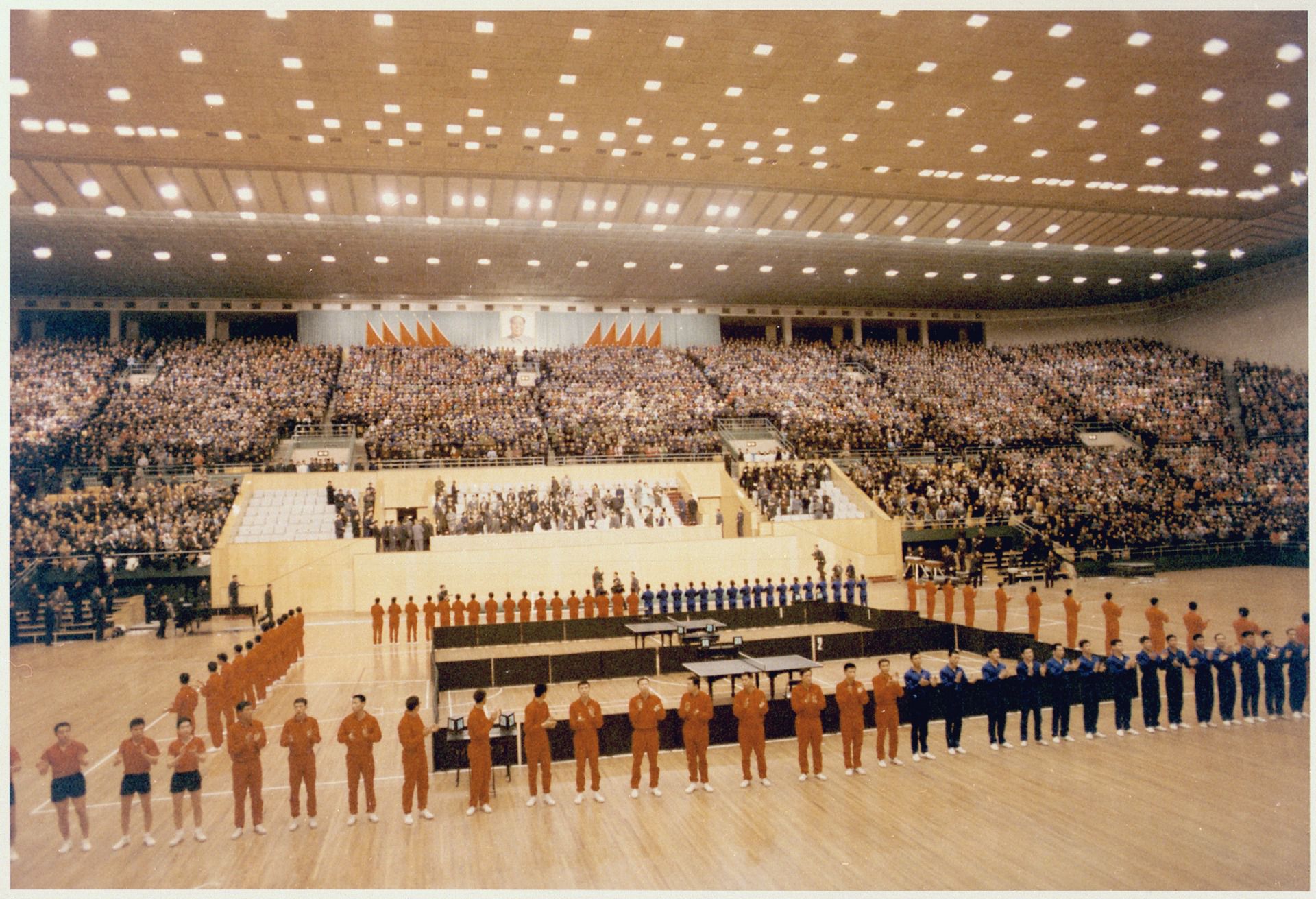
In an attempt to improve U.S.-China relations, the American Ping-Pong team was invited to visit the country, “becoming the first group of Americans allowed into China since the Communist takeover in 1949,” NPR says. President Richard Nixon made a visit the following year.
1972: Floppy Disk
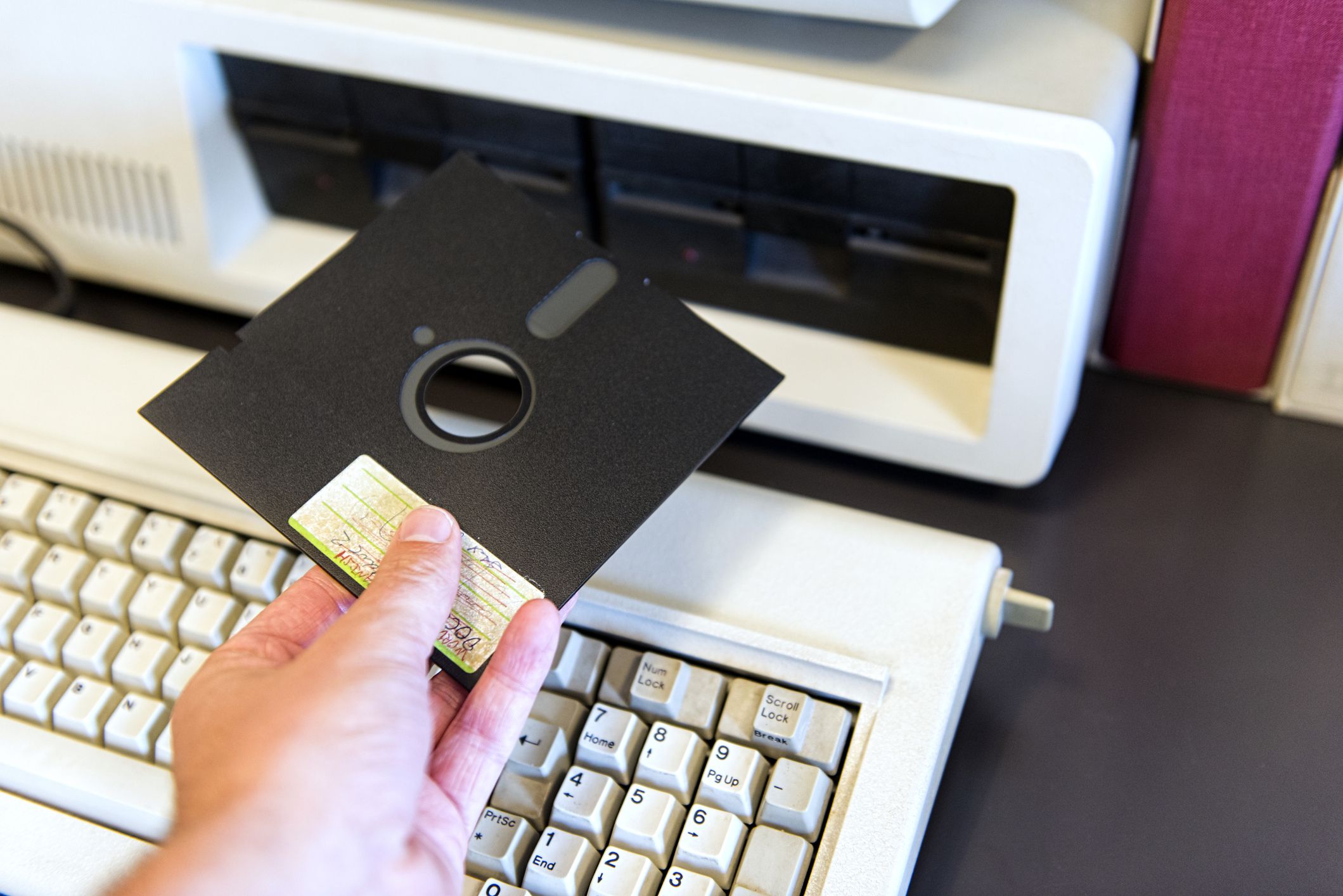
IBM began making the 8-inch disks housed in a durable envelope and received patents for them and their drives in 1972, opening the door to a better way to store information on computers and ending the reign of the punchcard. “I had no idea how important it would become and how widespread,” the company quotes Warren L. Dalziel, the lead inventor of the floppy disk drive, on its website.
Related: The Greatest American Inventions of the Past 50 Years1973: Watergate
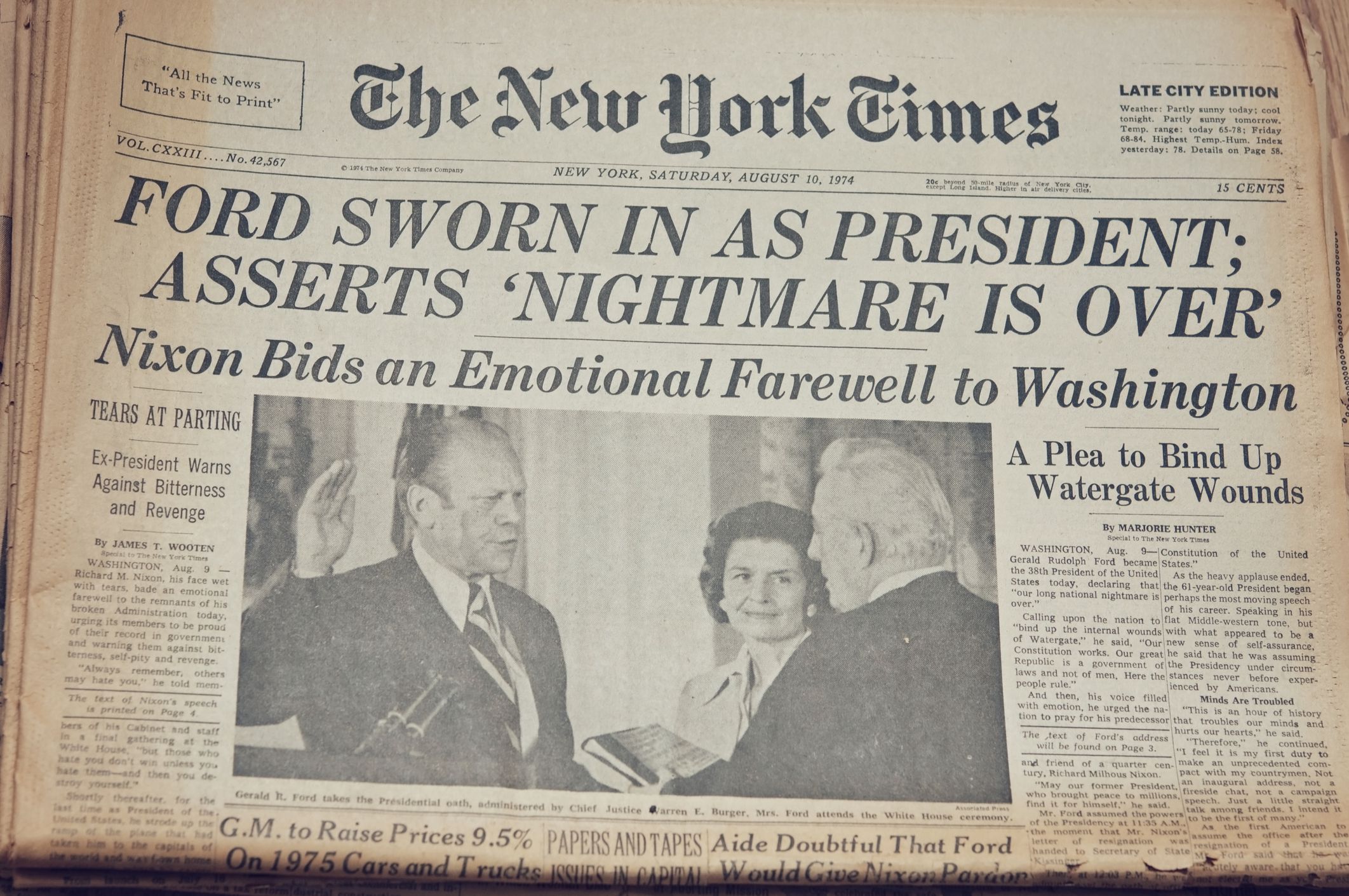
What was once considered an annoyance to the White House became a full-blown crisis for President Richard Nixon as the Senate Watergate Committee formed to investigate the cover-up of what Press Secretary Ronald Ziegler called “a third-rate burglary” that eventually led to the Oval Office and forced Nixon’s resignation the following year.
Related: Famous Crime Scenes You Can Visit Across America1974: Individual Retirement Account
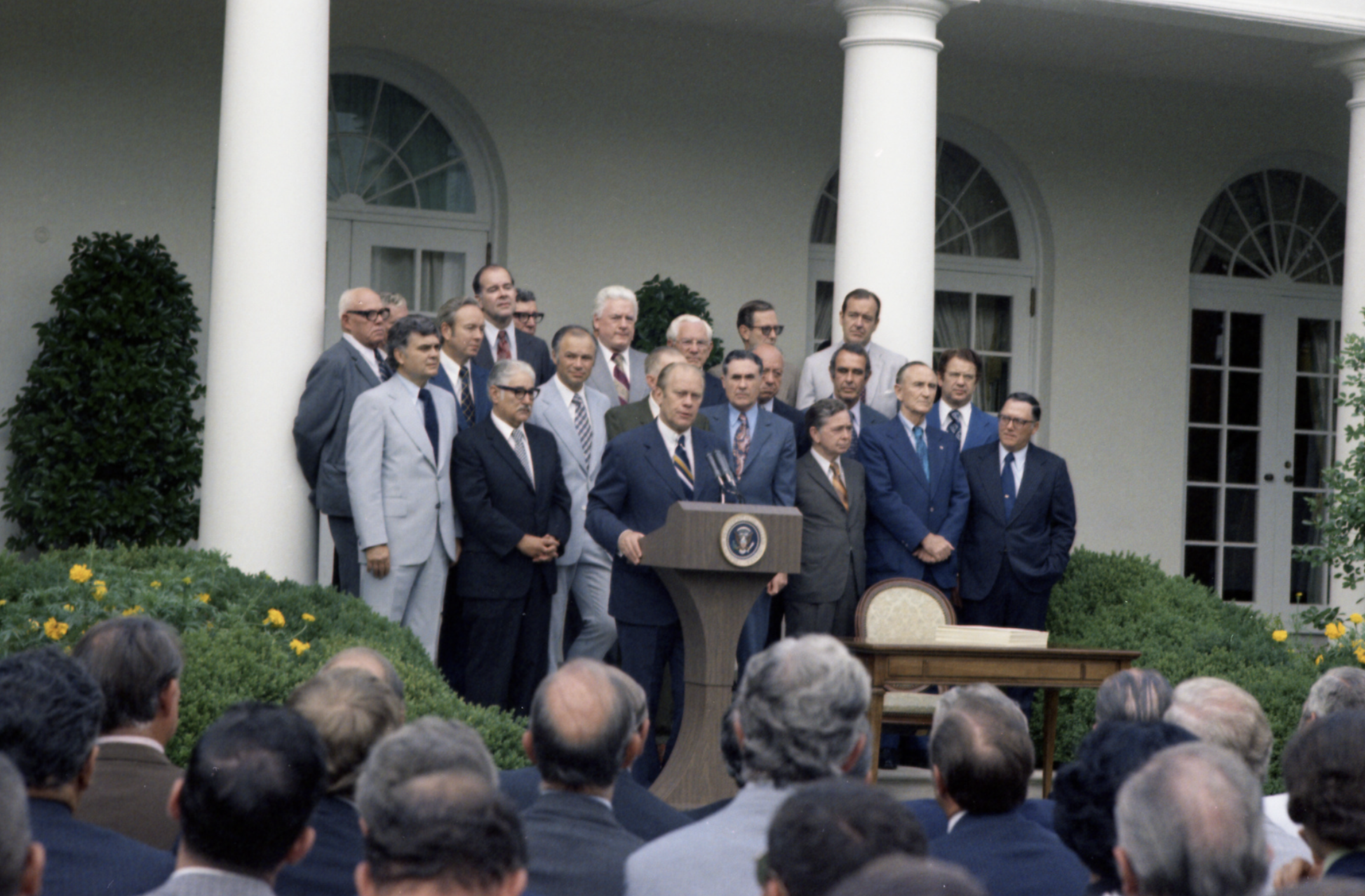
In an effort to protect employee pension plans, Congress enacted the Employee Retirement Income Security Act, which created individual retirement accounts or IRAs. At the time, says Forbes, they were restricted to workers who weren’t covered by company retirement plans but were expanded in 1981 to remove that restriction.
Related: Ways to Jump-Start Your Retirement Savings1975: Debit Card

Banks began rolling out debit cards to let customers get money from their accounts via the worldwide BankAmericard network without writing a check. The initial response was less than enthusiastic, though it eventually caught on — once they were also able to be used as ATM cards.
1976: Ebola Virus

Consecutive outbreaks of hemorrhagic fever took place in parts of Central Africa in 1976, according to The Centers for Disease Control and Prevention. The first in Zaire (now the Democratic Republic of Congo) was in a village near the Ebola River; the second was in South Sudan. Subsequent outbreaks have occurred over the years.
1977: Palimony
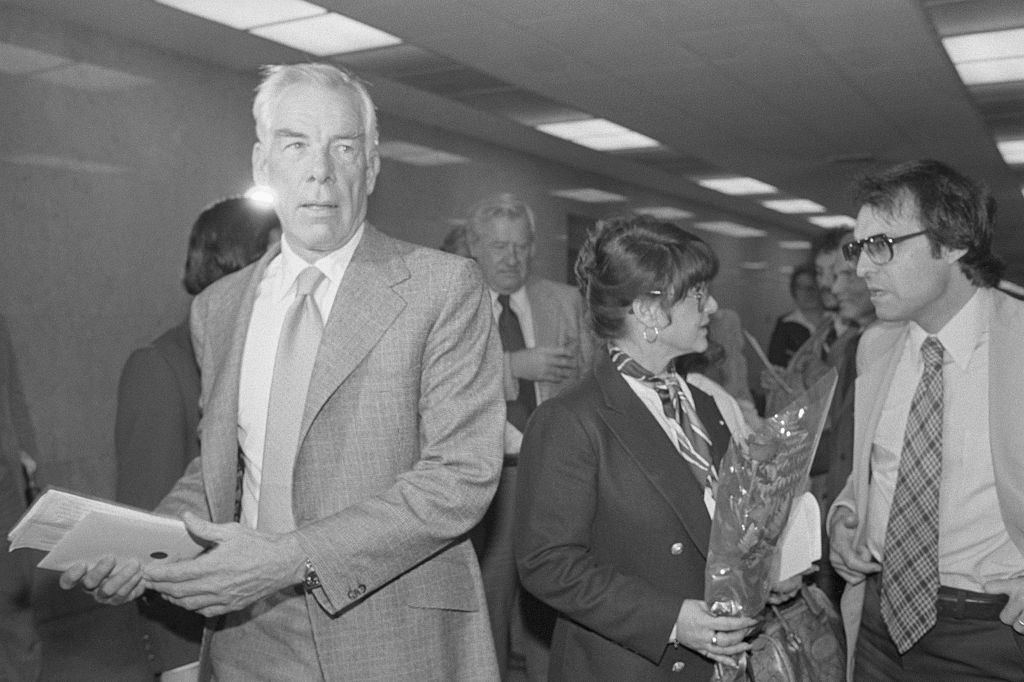
Celebrity divorce attorney Marvin Mitchelson coined the term when his client, Michelle Triola Marvin, took actor Lee Marvin to court, seeking half of his earnings from the six years they spent together as an unmarried couple. By the time a three-month trial filled with Hollywood celebrities followed in 1979, a flood of similar cases had been filed, setting a precedent in California and other states.
Related: The Most Expensive Celebrity Divorces of All Time1978: CB Radio

Long before there were social networks or the Information Superhighway, people flocked to this communications craze that peaked about 1978. Truck drivers had been using citizen band radio for years, developing a language all their own, but by the mid-’70s the units had become a cultural phenomenon in songs, movies, and TV shows.
Related: Everyday Things Only People Who Came of Age in the ’70s Would Remember1979: Compact Disc
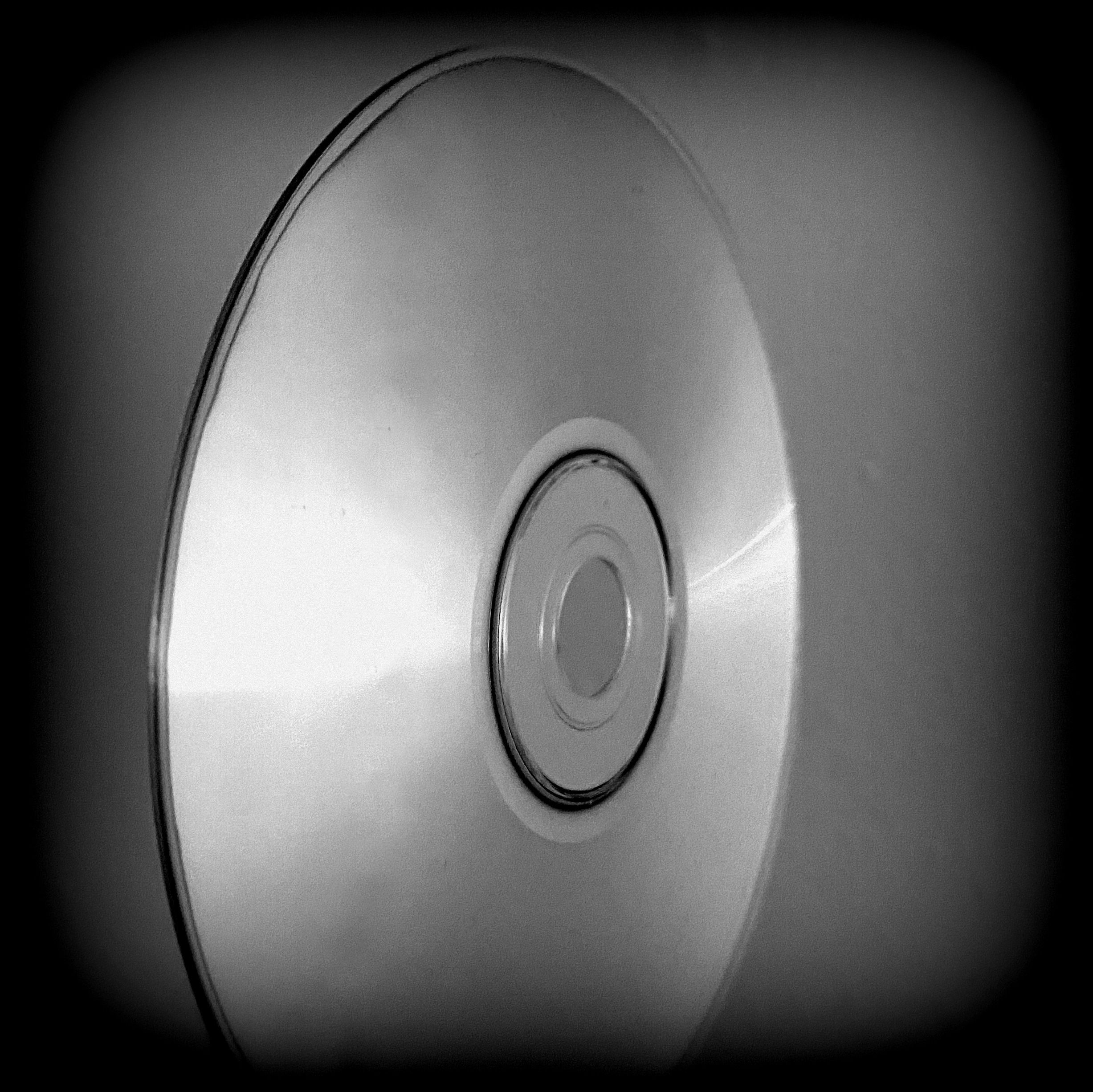
The compact disc and its audio player were introduced by Philips at a press conference in Holland, opening the door for a new way to listen to music. The first commercial CDs followed a few years later, eventually surpassing vinyl albums in 1988.
1980: Yuppie
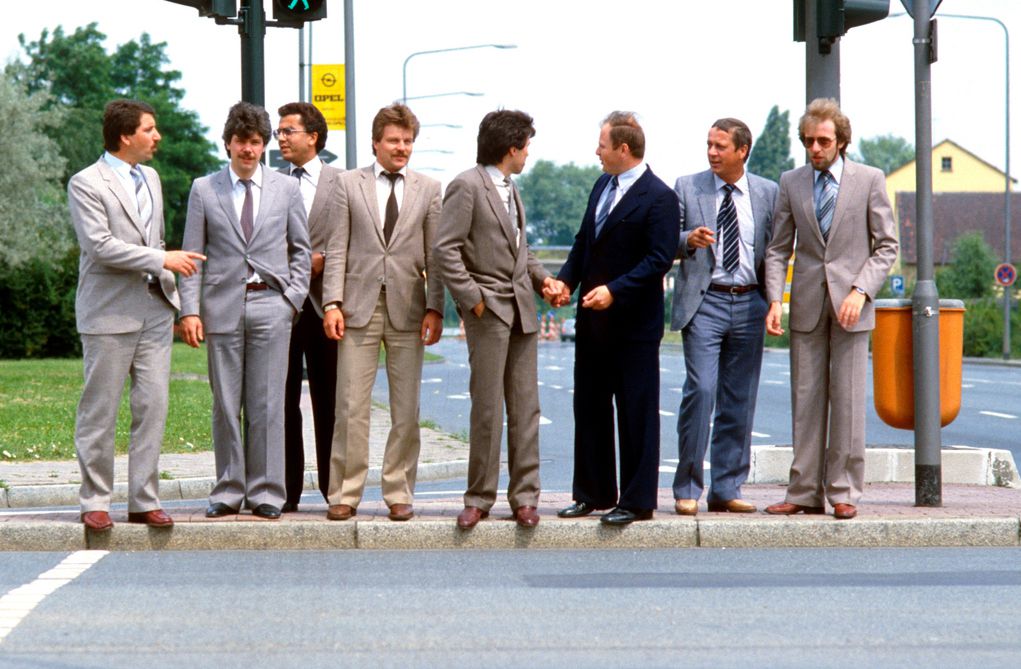
A term — generally used in a derogatory way — for young urban professionals, “business people who were considered arrogant, undeservedly wealthy, and obnoxious,” says Investopedia.
1981: Camcorder

Sony’s Betacam was a hit at the 1981 Consumer Electronics Show, according to CNN, combining a video camera and a video recording device in a single unit. While it was originally intended for television reporters, it wasn’t long before a version was made for consumers.
1982: AIDS

In September 1982, the Centers for Disease Control and Prevention began using the term “AIDS” (acquired immune deficiency syndrome) to describe the alarming disease it had been following, according to History.com.
1983: Cell Phone
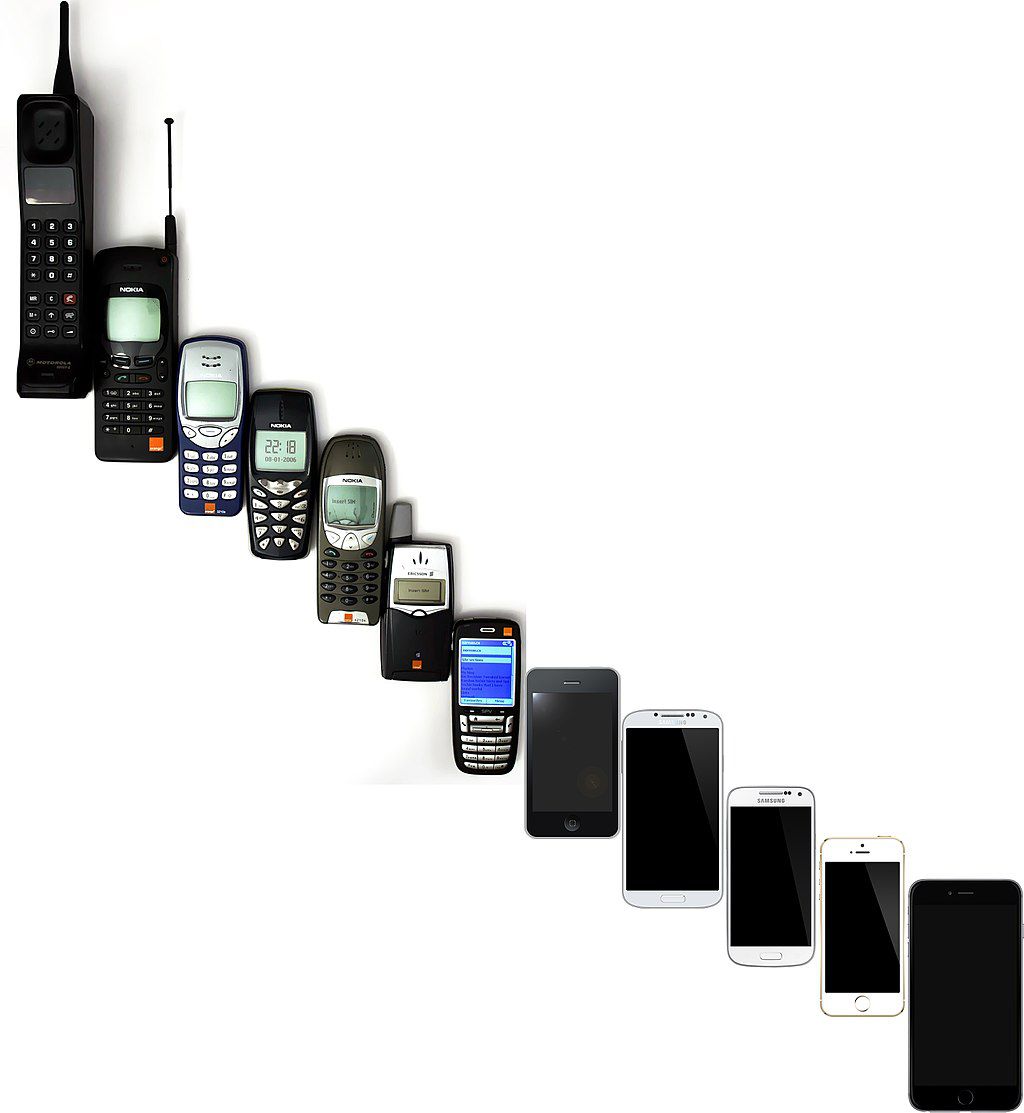
They cost thousands of dollars, couldn’t take a picture, surf the web, or send a text, but cell phones drew a lot of attention when they arrived in 1983, giving people with means a new way to communicate on the go. They wouldn’t fit in a pocket for some time.
1984: Spin Doctor
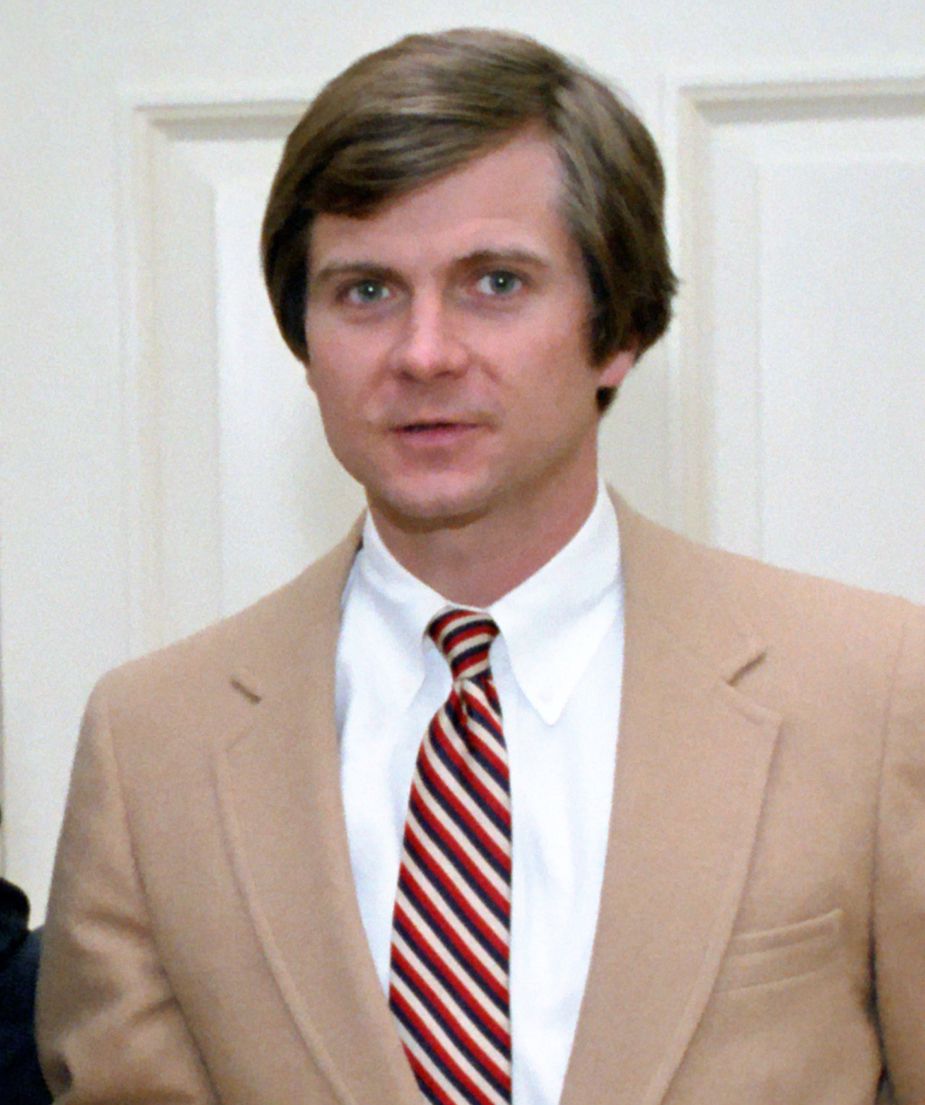
When President Ronald Reagan struggled in his first debate with Walter Mondale, adviser Lee Atwater and other “spin doctors” were there to convince the media that the president was really the winner, creating a new form of political messaging — and a catchy phrase first suggested in that morning’s New York Times — in the process. Mondale’s camp also had folks ready to help reporters see things their way.
1985: VCR
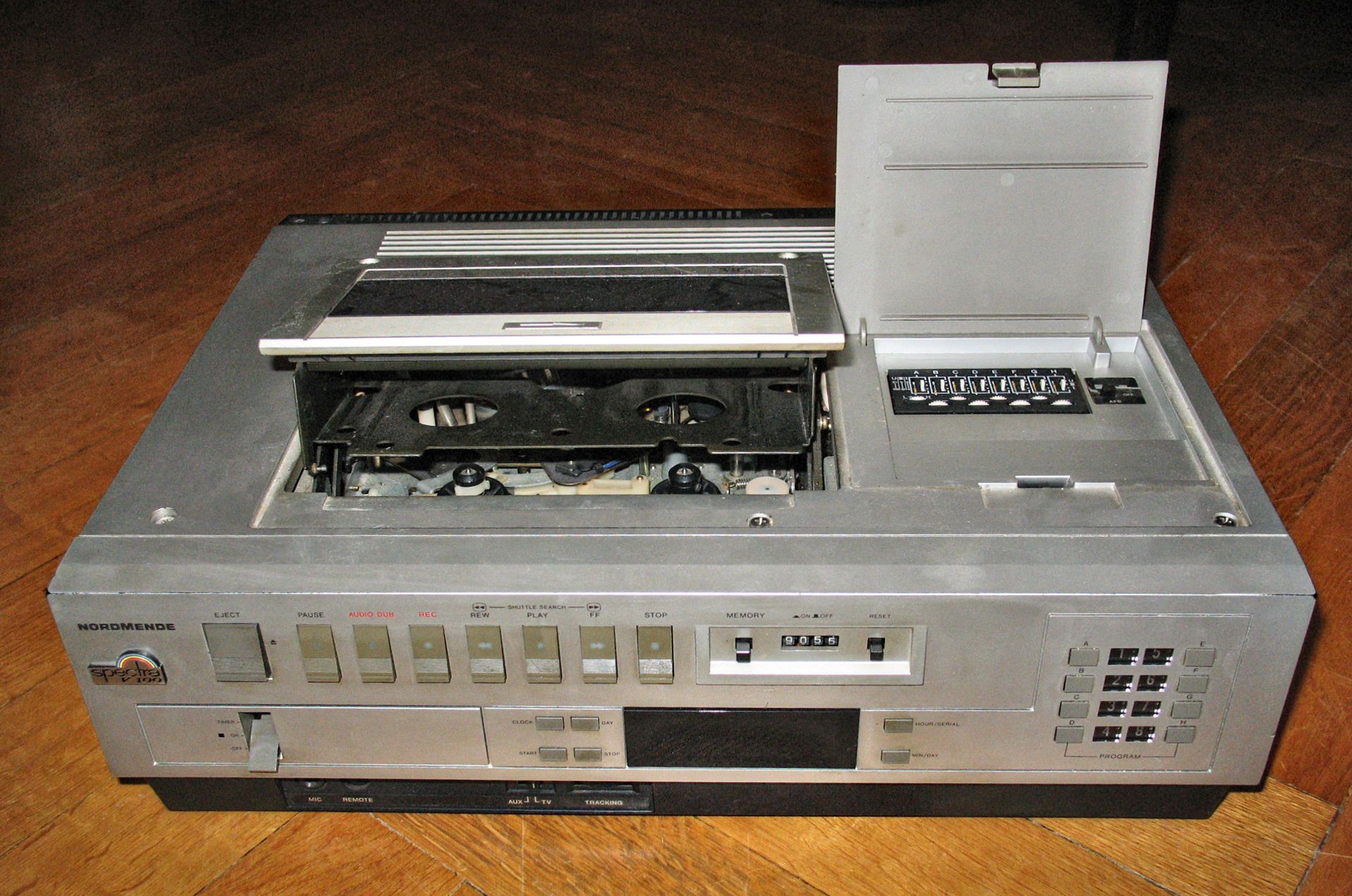
Videocassette recorders were hot, finding their way into 14% of American households by 1985, letting viewers control what they watched on their TVs for the first time. But they were still a long way from their peak (90%) in 2005, according to the Washington Post. Try finding one now.
Related: 12 Tech Flops of the 1970s and ’80s That Were Ahead of Their Time1986: Craft Beer
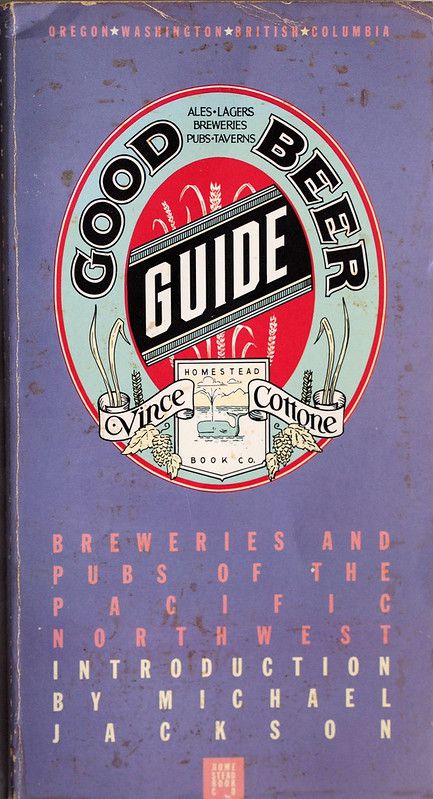
Homebrewing had been around for ages, but Forbes ties the emergence of craft beer to Vince Cottone’s book “Good Beer Guide: Brewers and Pubs of the Pacific Northwest,” which defined the idea of a craft brewery — now regarded as a smaller, independent brewery with production under 6 million barrels a year. The global craft beer market has grown to $95 billion in 2020.
Related: Coolest-Looking Craft Beer Cans in America
1987: Road Rage

Newscasters at KTLA in Los Angeles coined this term during a summer when violence enveloped Southern California freeways. “By the end of August, five people would be dead and 11 more injured,” according to Timeline. “Hundreds of instances of violence were reported statewide.”
1988: Channel Surfing

Cable TV was growing rapidly in the 1980s, existing in more than 50% of American homes by 1987. Which explains the first uses of this now-common phrase in 1988 as viewers went from channel to channel in an effort to find something interesting to watch.
1989: Air Quotes

Drawing double quote marks in the air wasn’t new, but their growing popularity was said to be linked to a Spy Magazine story. “Air quotes abound nowadays,” it said. “Air quotes eliminate responsibility for one’s actions, one’s choices.”
1990: Bungee Jumping
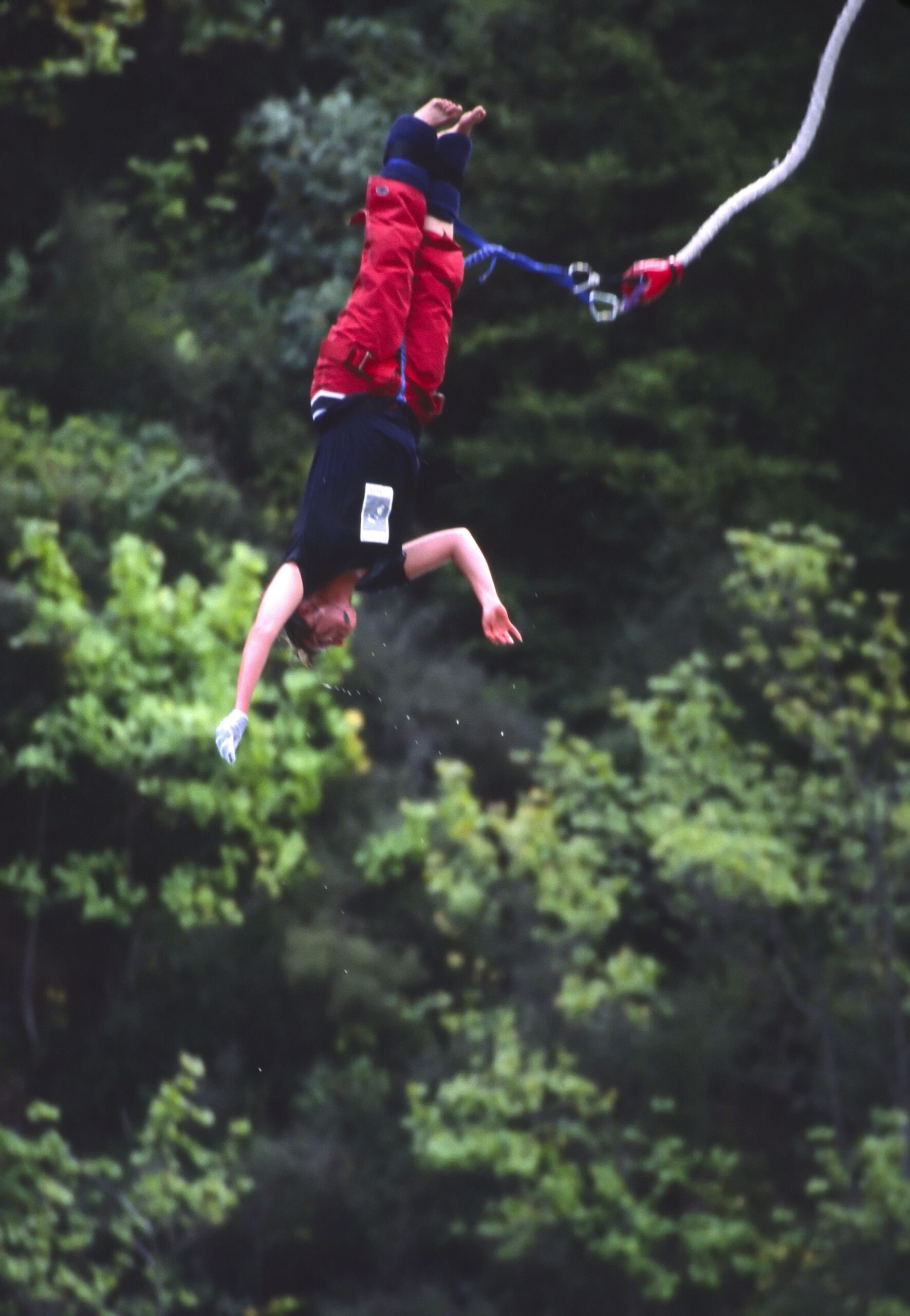
Adrenaline junkies were enjoying “the first gonzo craze of the ’90s” — jumping from a platform or a bridge with an elastic cord tied to their ankles. The idea was already big in New Zealand.
1991: Ethnic Cleansing

The war in Bosnia and Herzegovina brought this phrase — which Merriam-Webster says means “the expulsion, imprisonment, or killing of an ethnic minority by a dominant majority in order to achieve ethnic homogeneity” — into stark focus.
1992: Snail Mail

This term described the relative speed of traditional residential mail as opposed to the nearly instantaneous transmission of “letters” between writer and reader available through the expanding network of electronic mail, a big benefit of the growing commercialization of the internet.
1993: Information Superhighway

This term for the internet was intended as a relatable image of a network very few people understood in 1993. The American Dialect Society made this phrase its word of the year.
1994: Casual Day

Also known as dress-down day, this excuse to relax corporate dress codes — frequently on Fridays — quickly worked its way into popular culture as a way to help boost employee morale. After the pandemic, it may have become a way of everyday life.
1995: World Wide Web
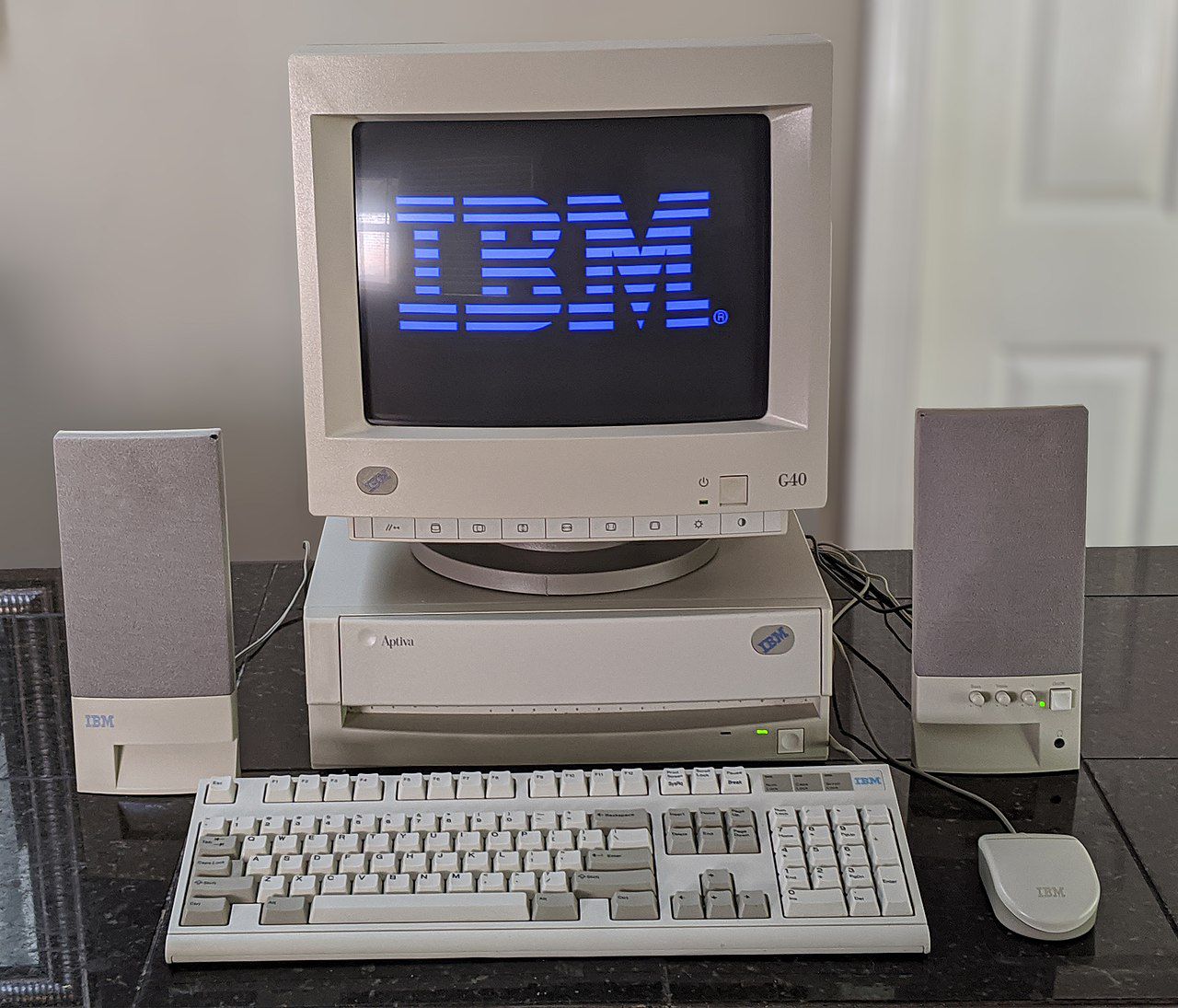
The American Dialect Society voted this phrase — referencing the popular part of the internet reached through a graphical browser — and its variants “Most Likely to Succeed.” While we don’t use the entire phrase or W3 anymore, surfing the web is a daily occurrence for many people.
1996: Soccer Mom

In this presidential year, both parties were trying to earn the votes of suburban women — a group they referred to demographically as soccer moms. Suddenly, “the hands that steered the mini-van were also deciding whether to turn left or right in the presidential election,” said The New York Times.
1997: DVD
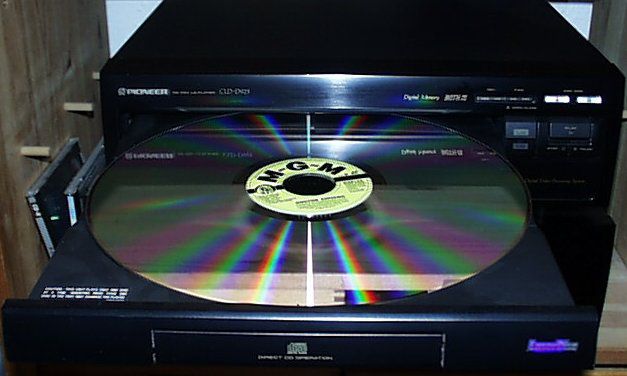
DVDs and their players became a hot item in the U.S. following their launch in March 1997, eventually relegating the VHS format to the trash heap of history in favor of the more-durable format with higher picture quality. The first players cost around $800 and early movie titles ran $25 each.
1998: Senior Moment

Haven’t we all said, “Why did I come in here?” at some point? Merriam-Webster says this euphemistic term for a brief memory lapse blamed on age originated in 1996, but its popularity in 1998 put it among the American Dialect Society’s top words for that year.
Related: 20 Benefits of Growing Old
1999: Dot-com

If your company wasn’t on the web, sporting a “.com” in its address, you were missing out as investors flocked to the space. A speculative bubble in dot-com companies would later burst, costing investors dearly and shuttering many weaker firms.
2000: Chad
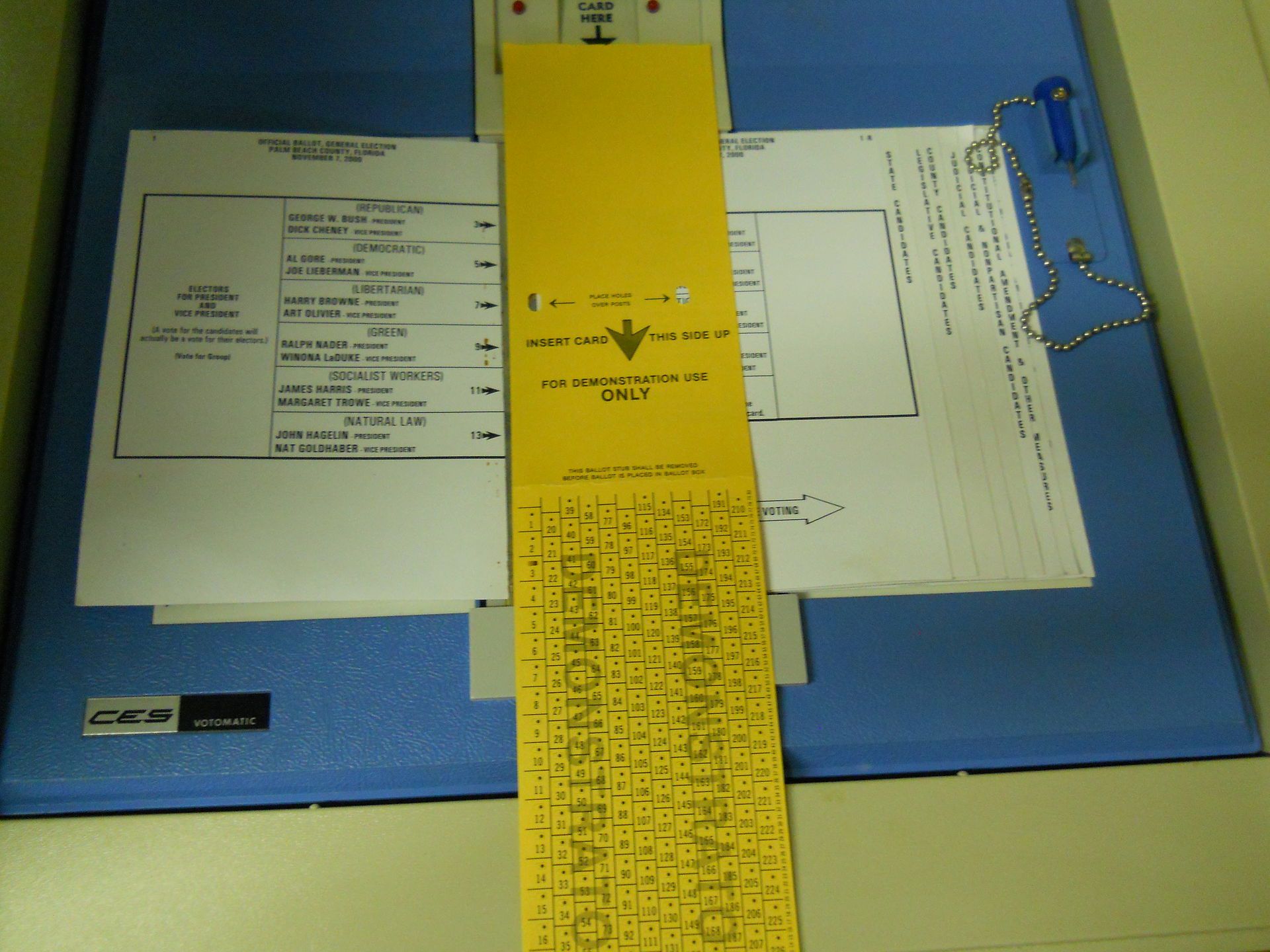
For a while, the 2000 presidential election was hanging by these slivers of paper as examiners spent weeks hand-counting punchcard ballots. In the process, “terms like ‘hanging chads,’ ‘dimpled chads’ and ‘pregnant chads’ became part of the lexicon,” History.com says.


